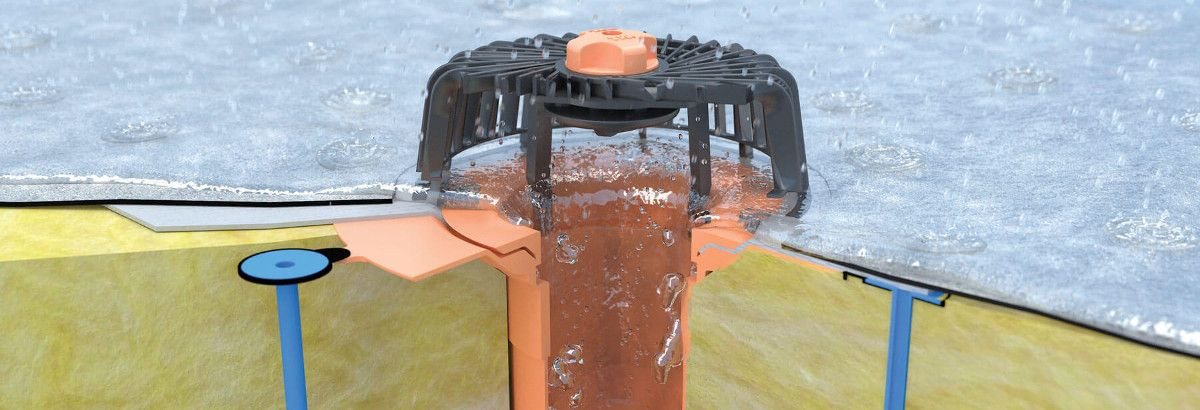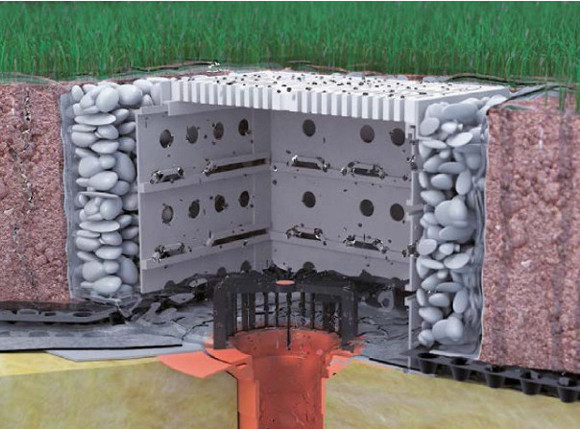


1. Inner Drains
Inner drainage is common to most commercial properties. Drainage pipes are placed under the roof or in the parapet wall to make sure that the space looks good and no pipes are visible. This drainage system is usually placed in the centre of the roof or where the slope is directed. These are most appropriate for large roofs.
2. Scuppers
This type of drainage consists of an opening in the side of the wall that carries water from the roof to the gutter or downspouts. Scuppers are usually combined with the latter so that water does not damage the walls. Use a collector head along with scuppers to avoid walls being affected.
3. Gutter
A gutter is also called a conductor pipe. It is basically a trough placed on the edge of the roof that drains excess roof water. In order to install it, the flat roof must have been properly constructed. You will also have to make sure that the slopes are well maintained, but that is easy with this type of drainage as you simply remove leaves and debris. The longevity of your gutters depends solely on the material you use; the most common are aluminum, vinyl and galvanized steel.
| VIEW | NAME | DOCUMENT | Video |
 |
Catalog TOPWET |

|
|
 |
Roof drainage capacity calculation |

|

